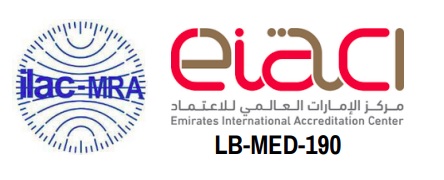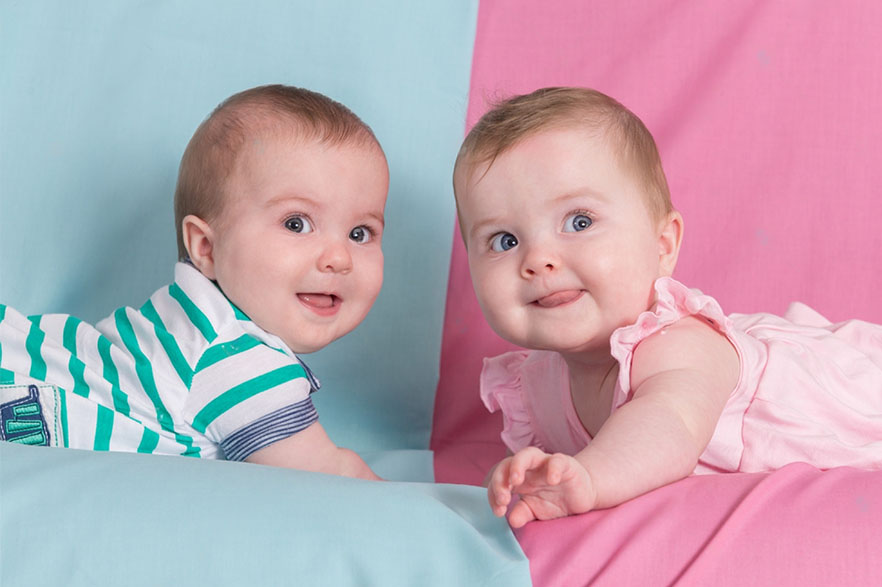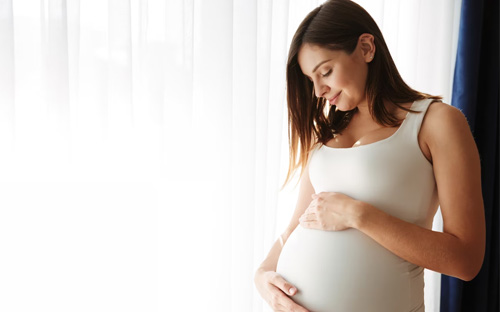Panaroma Next-Gen NIPT in Dubai
Get panorama Next-Gen NIPT at affordable cost.
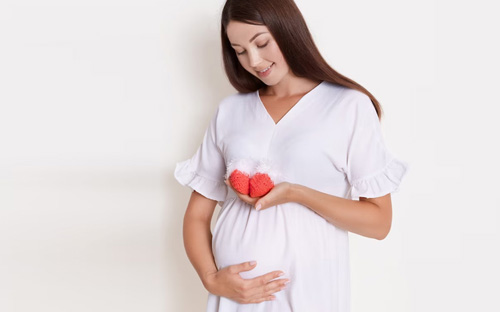
Panorama NIPT Standard AED 2200/-
- The only NIPT which uses SNP*-based technology
- Delivers the most accurate NIPT report
- Test result with in 8-10 days
- Can be tested at earliest as 9 weeks.
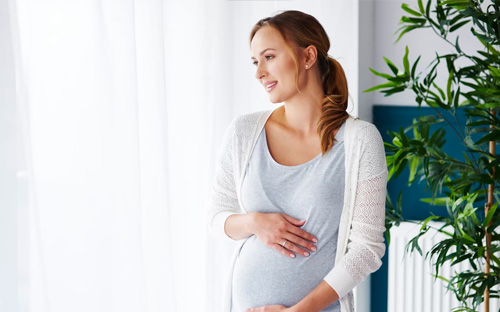
Panorama NIPT Standard + 22q11.2 deletion AED 2500/-
The Most advanced, only SNP-based NIPT delivers more insights and greater accuracy
- The only NIPT which uses SNP*-based technology
- Delivers the most accurate NIPT report
- Test result with in 8-10 days
- Can be tested at earliest as 9 weeks.

Panorama NIPT Standard + all 5 microdeletions AED 3500/-
The Most advanced, only SNP-based NIPT delivers more insights and greater accuracy
- The only NIPT which uses SNP*-based technology
- Delivers the most accurate NIPT report
- Test result with in 8-10 days
- Can be tested at earliest as 9 weeks.
Singleton Pregnancy
| Test Parameters | panorama NIPT Standerd AED 2200/- | panorama NIPT Standerd + 22q11.2 deletion AED 2500/- | panorama NIPT Standerd + all 5 microdeletions AED 3500/- |
| Down Syndrome (trisomy 21) |  |  |  |
| Edward Syndrome (trisomy 18) |  |  |  |
| Patau Syndrome (trisomy 13) |  |  |  |
| Triploidy |  |  |  |
| Turner syndrome (monosomy X) |  |  |  |
| XXX syndrome (47,XXX) |  |  |  |
| Klinefelter syndrome (47,XXY) |  |  |  |
| Jacobs syndrome (47,XYY) |  |  |  |
| Fetus Gender |  |  |  |
| DiGeorge syndrome (22q11.2 deletion) |  |  |  |
| 1p36 deletion syndrome (1p36 deletion) |  |  |  |
| Wolf-Hirschhorn syndrome/4p- syndrome (4p16.3 deletion) |  |  |  |
| Cri-du-Chat syndrome/5p- syndrome (5p15.2 deletion ) |  |  |  |
| Prader-Willi and Angelman syndromes (15q11.2-q13 deletion) |  |  |  |
Twin Pregnancy
| Test Parameters | Non identical twins Standerd AED 2,200/- | Identical twins Standerd AED 2,200/- | Identical twins Standerd + 22q11.2 deletion AED 2500/- |
| Identical or Fraternal Twins |  |  |  |
| Down Syndrome (trisomy 21) |  |  |  |
| Edward Syndrome (trisomy 18) |  |  |  |
| Patau Syndrome (trisomy 13) |  |  |  |
| Fetus Gender |  |  |  |
| Turner syndrome (monosomy X) |  |  |  |
| XXX syndrome (47,XXX) |  |  |  |
| Klinefelter syndrome (47,XXY) |  |  |  |
| Jacobs syndrome (47,XYY) |  |  |  |
| DiGeorge syndrome (22q11.2 deletion) |  |  |  |
Egg donor or Surrogate pregnancies
| Test Parameters | Panorama NIPT Standerd AED 2,200/- |
| Down Syndrome (trisomy 21) |  |
| Edward Syndrome (trisomy 18) |  |
| Patau Syndrome (trisomy 13) |  |
| Fetus Gender |  |
Panorama Next-Gen NIPT
Non-invasive prenatal testing (NIPT)
Panorama is a blood-based genetic, prenatal screening test of the pregnant mom that screens for common chromosomal conditions that affect a baby’s health. Panorama uses unique SNP*-based technology to deliver the most accurate NIPT on the market.
Panorama can be performed as early as nine weeks gestation. Most results will be returned to you with in 10 – 15 calendar days.
The only SNP-based NIPT delivers more insights and greater accuracy
Panorama Next-Gen NIPT is:
- the most rigorously validated NIPT
- the only NIPT that distinguishes mother’s DNA from baby’s DNA
- the approach that creates unique, clinically validated capabilities
- Panorama evaluates SNPs— the 1% of our DNA that makes us different from one another

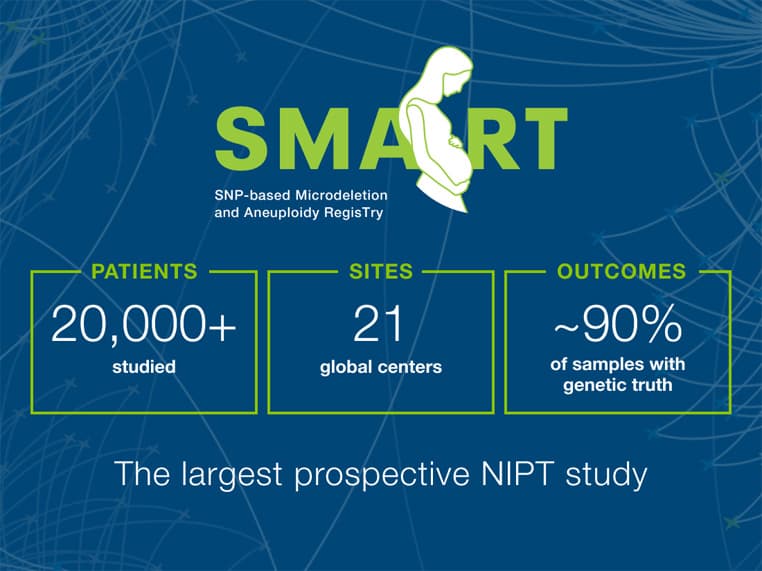
A Trusted Resource
- Validated in SMART, the largest prospective NIPT study with over 20,000 participants enrolled.
- More than 2 million women in more than 60 countries have chosen Panorama for genetic testing during pregnancy.
- Panorama has been evaluated in 23 peer-reviewed publications and in more than 1.3 million pregnancies.
- Panorama Next-Gen NIPT offers complimentary pre- and post-test information sessions with board-certified genetic counselors.
- Panorama poses no risk to the baby compared to amniocentesis or chorionic villus sampling (CVS).
See more with Panorama AI:
- The #1 NIPT is now powered by Artificial Intelligence
- Panorama AI leverages artificial intelligence (AI) to learn from more than 2 million tests already processed by Natera.
- Panorama AI combines AI with Natera’s proprietary SNP-based methodology to give highly accurate results on difficult-to-call cases.
- Maintaining industry-leading accuracy while significantly lowering “no-call” rates1
- Improved accuracy for 22q11.2 deletion detection2
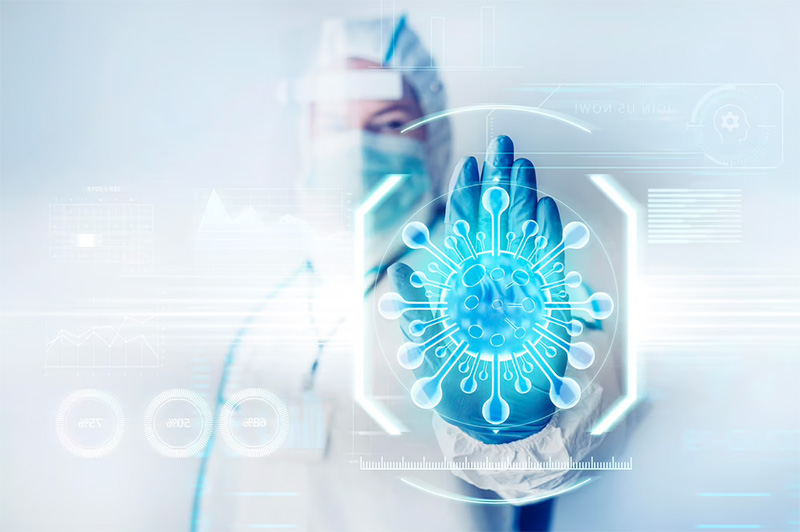

Reporting sex of the baby
Among commercially available NIPTs, Panorama has the highest published accuracy in determining the sex of the baby. Panorama’s ability to analyze SNPs unique to the Y chromosome and to detect the presence of vanishing twin pregnancies helps to overcome causes of inaccurate reporting of fetal sex common with other technologies.
If the mother is a known carrier of a genetic condition, or if there is a known family history of an x-linked condition, (for example, Duchenne Muscular Dystrophy) determination of the baby’s sex by NIPT can help determine the need for further diagnostic testing in the pregnancy.
Why choose Panorama for fetal genetic testing?
-
- Panorama detects conditions that other tests cannot, including molar pregnancy, triploidy and vanishing twin.4
- Panorama screens for Down syndrome with an accuracy rate greater than 99%.1,5-7
- Panorama is the only test that differentiates between maternal and fetal DNA, which helps avoid false positives and false negatives.1,5-9
- Panorama is the only NIPT that can assess zygosity, individual fetal sex, and individual fetal fraction* in twin pregnancies.10
- Panorama has the highest sensitivity for 22q11.2 deletion syndrome, a common and potentially severe microdeletion that impacts pregnancies equally regardless of maternal age.2
- Panorama can be performed for singleton, twin, egg donor, and surrogate pregnancies.9
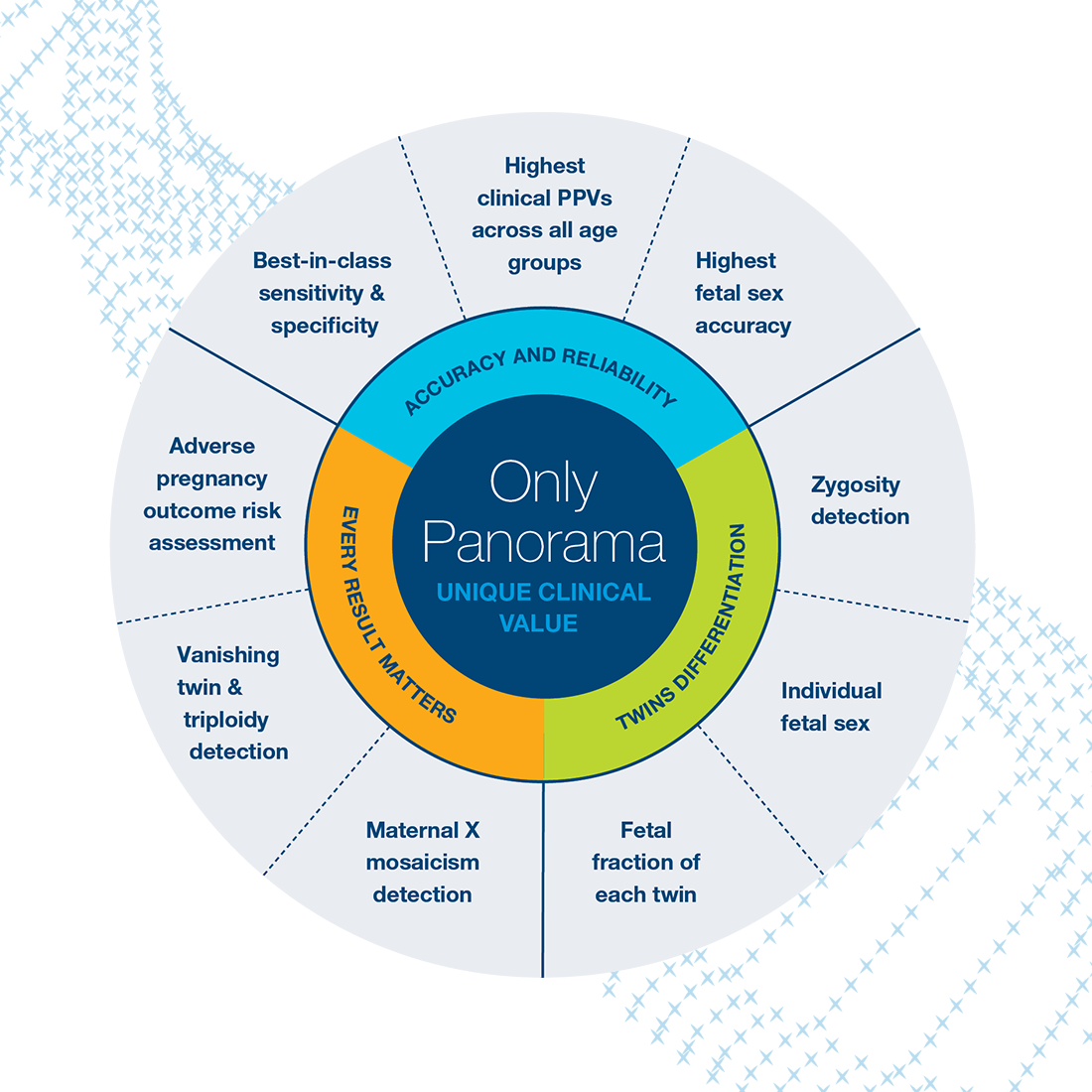
Panorama’s SNP-enabled capabilities make every result matter
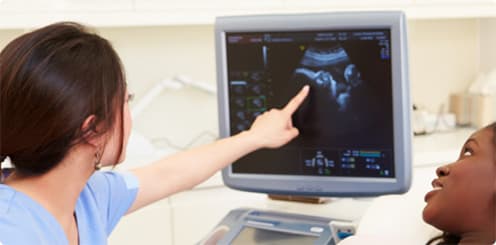
Vanishing twin detection4
Recognized by the American College of Obstetricians and Gynecologist (ACOG) as a major cause of NIPT false positives8

Maternal X mosaicism detection11
As women age, mosaicism for a missing X chromosome becomes more common, and is another ACOG-recognized major cause of error in NIPT8
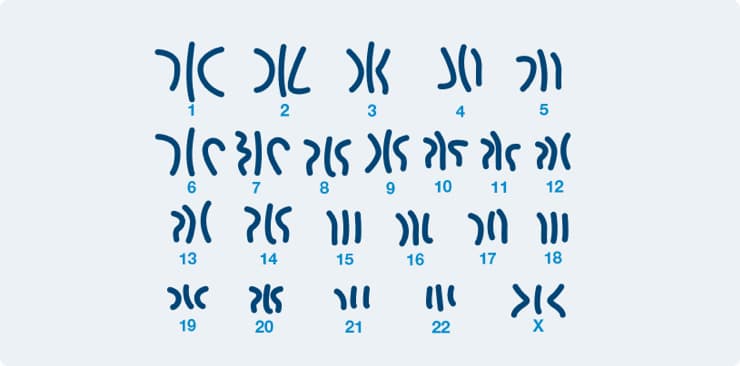
Triploidy detection4
As stated in ACOG practice bulletin 226, SNP-based NIPT (Panorama) is the only non-invasive method that can identify triploidy8
Clinically validated differentiation for twin pregnancies

Zygosity detection10
Recognized by the International Society for Prenatal Diagnosis (ISPD) as an important element in evaluating NIPT results for twins12
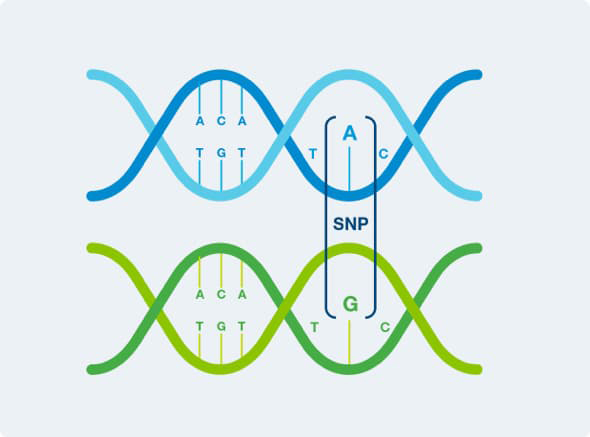
Individual fetal fraction for dizygotic twins10,13
An important metric necessary to interpret the reliability of NIPT results, ACOG recognizes that, without this measurement, aneuploidy could go undetected if the affected twin has low fetal fraction8
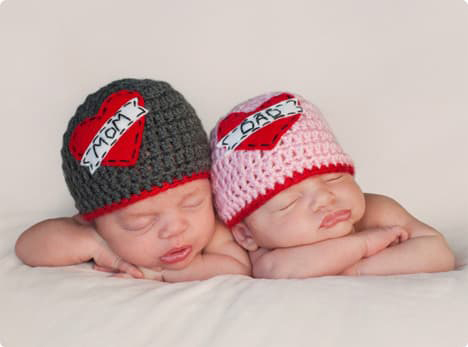
Individual fetal sex10
With zero fetal sex errors in published validation studies for both singletons and twins, patients and clinicians can have confidence in Panorama results5-7,10

Other conditions screened9
Trisomy 21, Trisomy 18, Trisomy 13, Sex chromosome trisomies (reported when seen)*, 22q11.2 deletion syndrome (optional at additional cost)*,
*Identical twins only
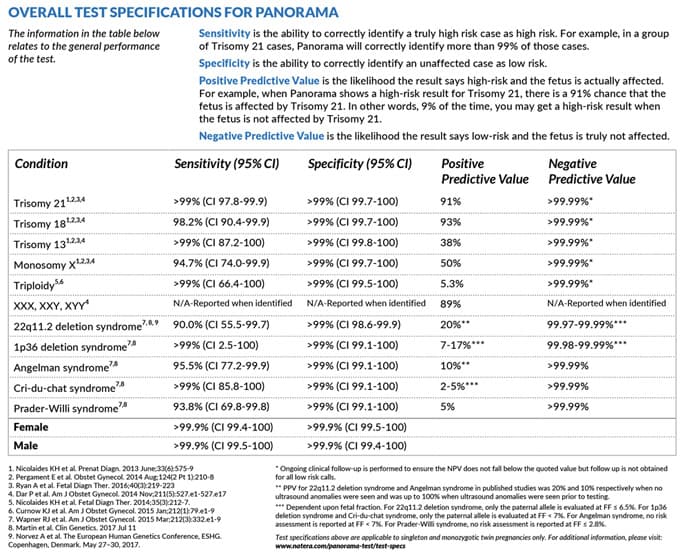
Panorama can help clinicians triage twin pregnancies effectively10,14-18
Panorama identified monozygotic twins with >99% sensitivity and specificity in a validation study.
While chorionicity can be reliably detected early in pregnancy, studies have shown that up to 19% of monochorionic pregnancies are incorrectly classified as dichorionic. Panorama allows clinicians to align their ultrasound findings with an early and accurate zygosity determination.
- Identifying a monozygotic twin pregnancy with Panorama can prompt earlier, targeted ultrasound assessments for chorionicity and associated complications.
- Knowing that a twin pregnancy is dizygotic reduces healthcare providers’ and patients’ concerns about twin-to-twin transfusion syndrome (TTTS).
Pregnancy management of twins is highly influenced by chorionicity; as such, Panorama’s zygosity determination can help healthcare providers determine an appropriate management plan.
Conditions Screened For
Panorama screens for common genetic conditions that are caused by extra or missing chromosomes in the baby’s DNA. Because Panorama uses a unique technology to truly distinguish between the mother’s and the baby’s DNA, it is the only NIPT that tests for triploidy, and it has the highest accuracy in determining the sex of the baby (optional). Some conditions, such as Down syndrome, are caused by extra copies of a specific chromosome. Others, such as microdeletions, occur when a chromosome is missing a small piece of genetic information. Microdeletions affect pregnancies equally, regardless of maternal age.
TRISOMIES
SEX CHROMOSOME ABNORMALITIES
MICRODELETIONS*
Why Choose PH Diagnostics?




